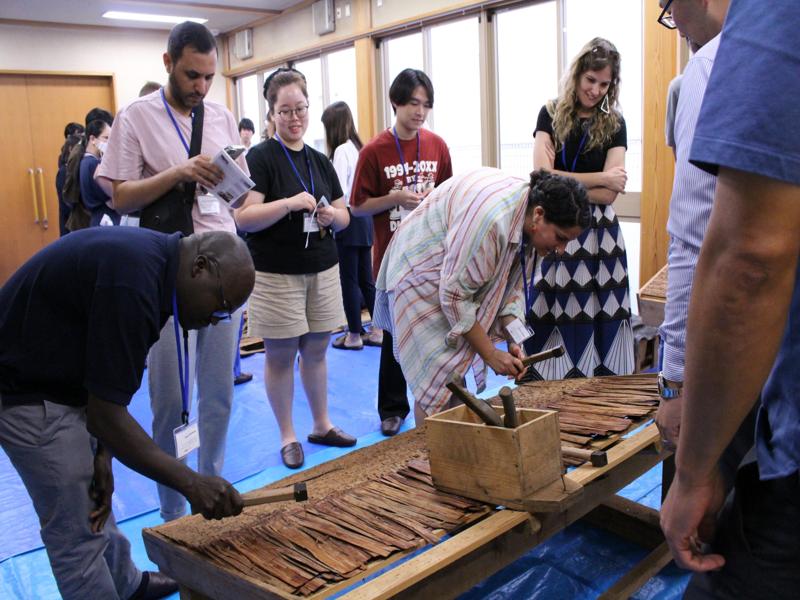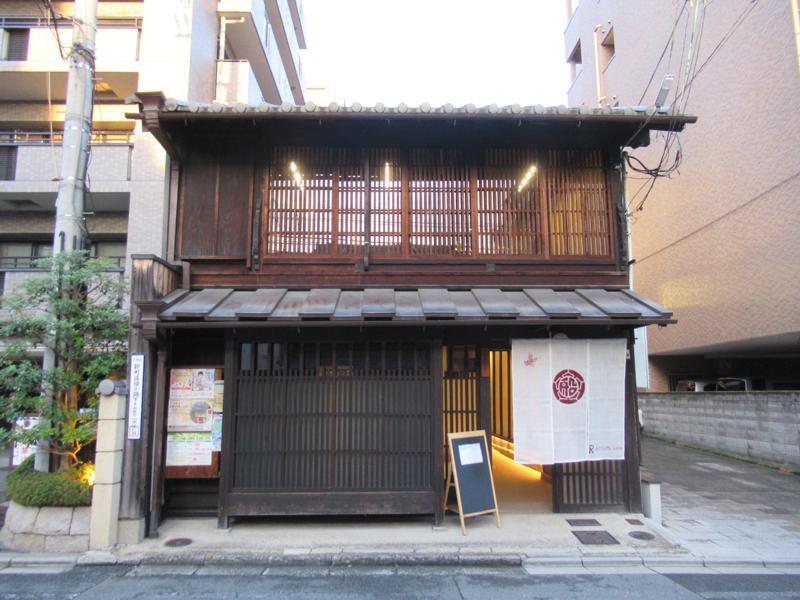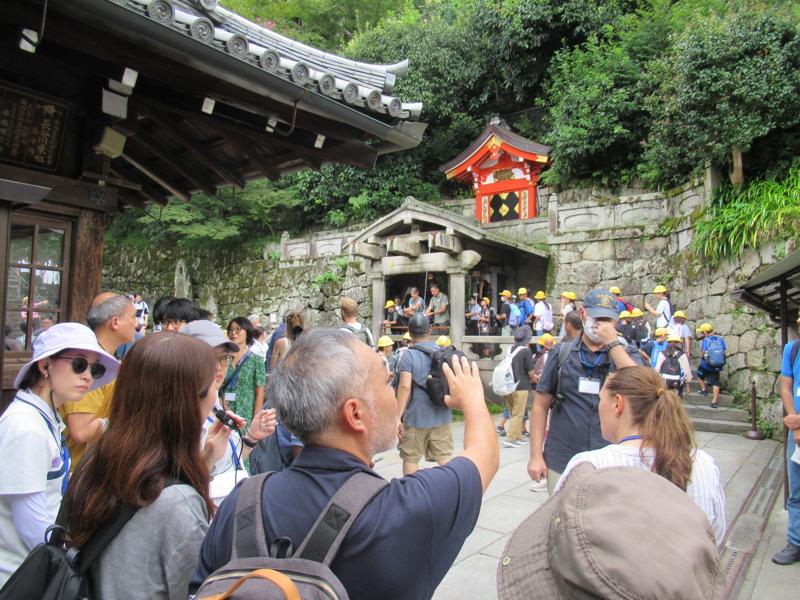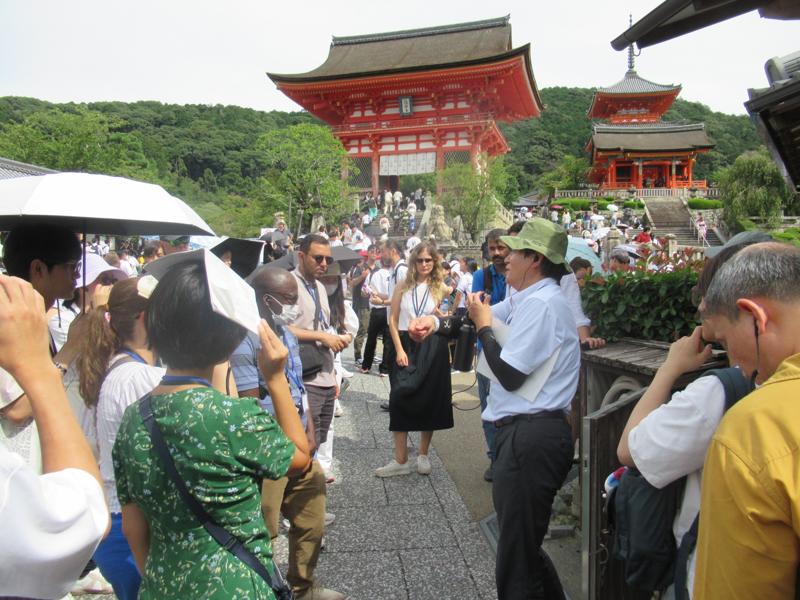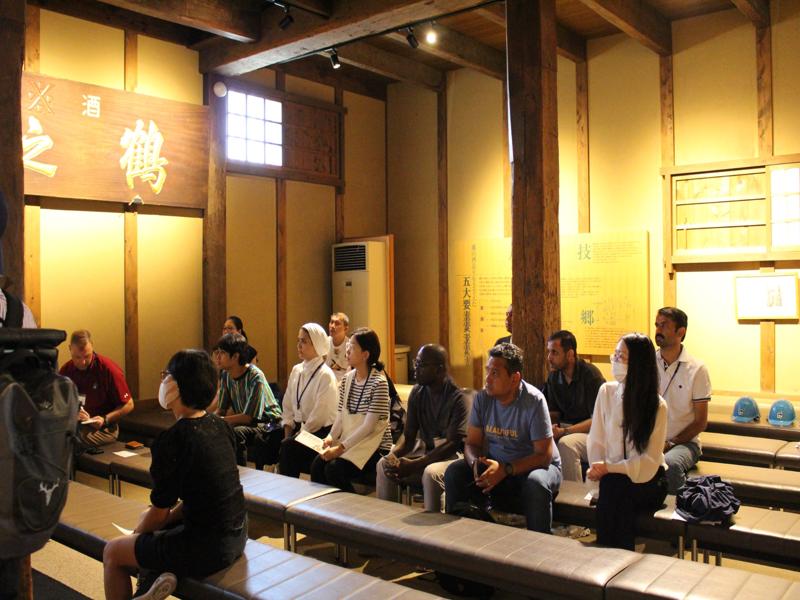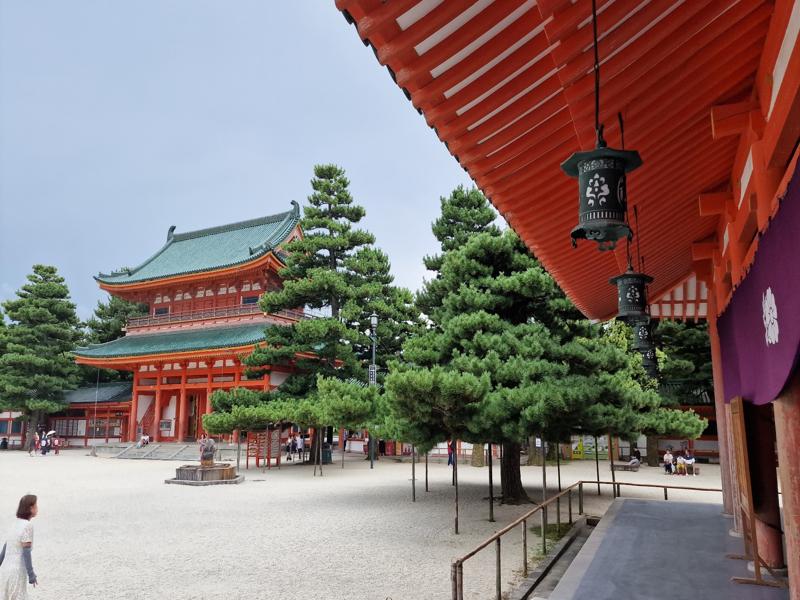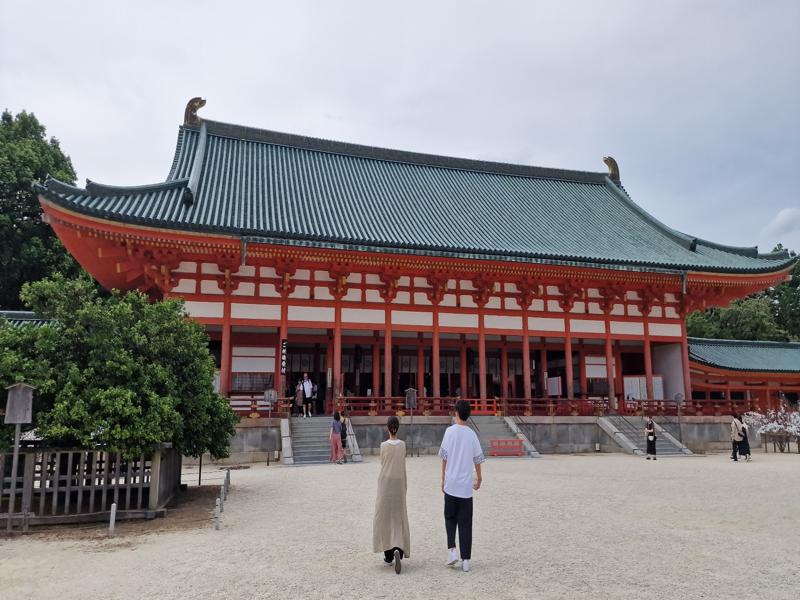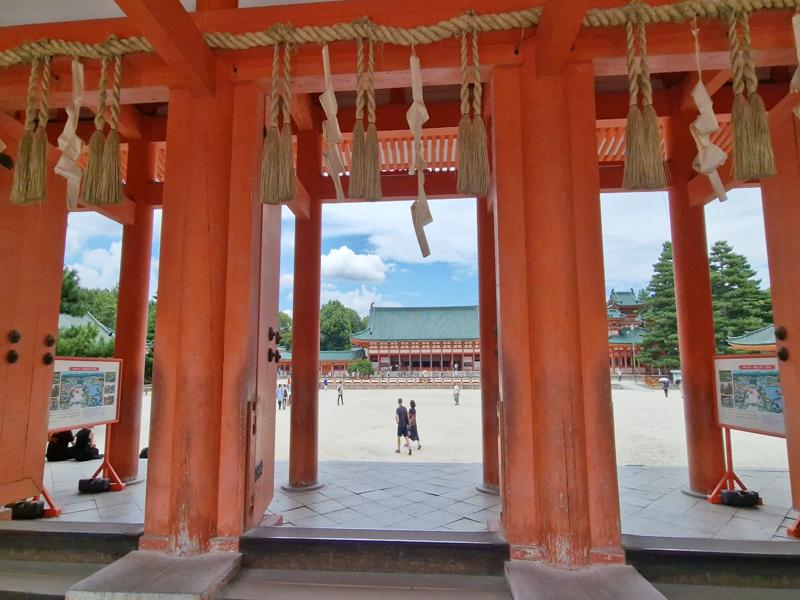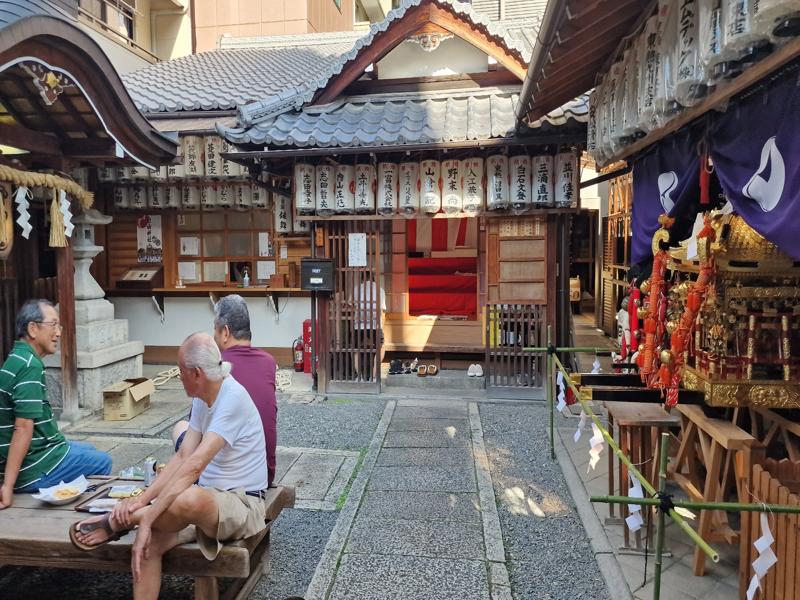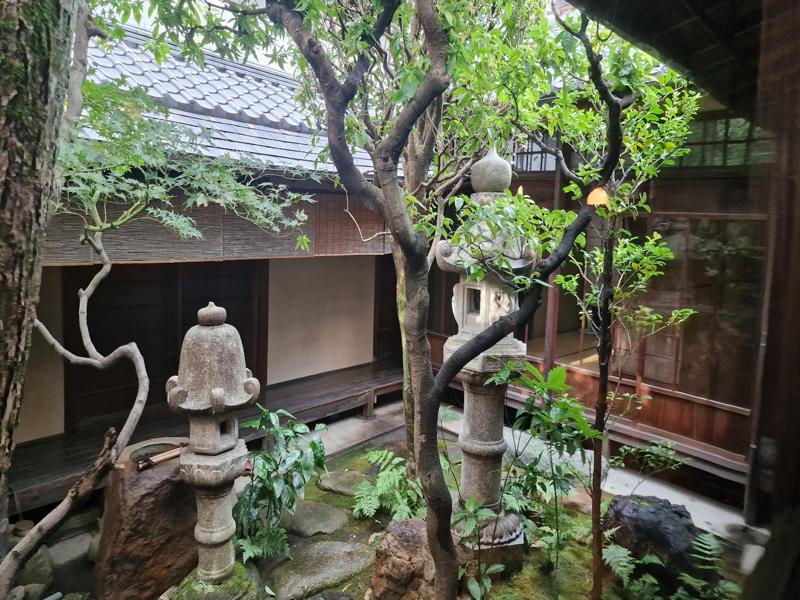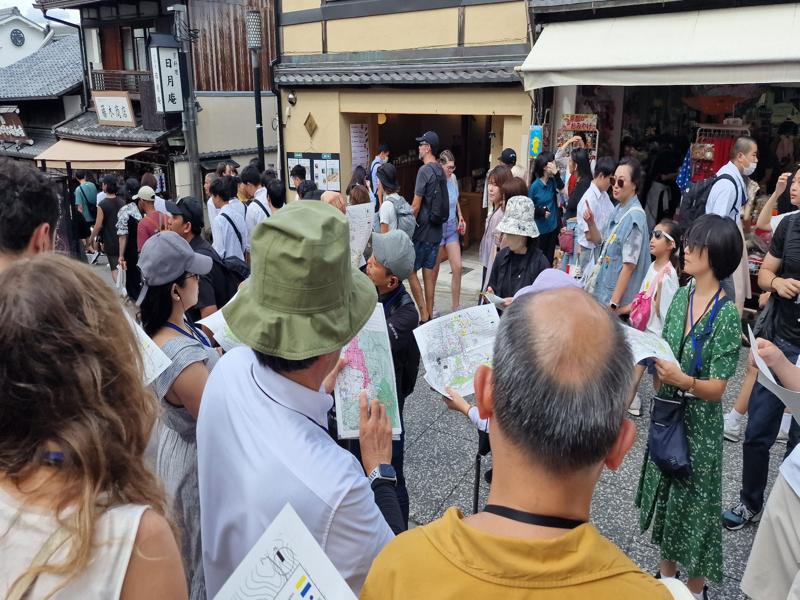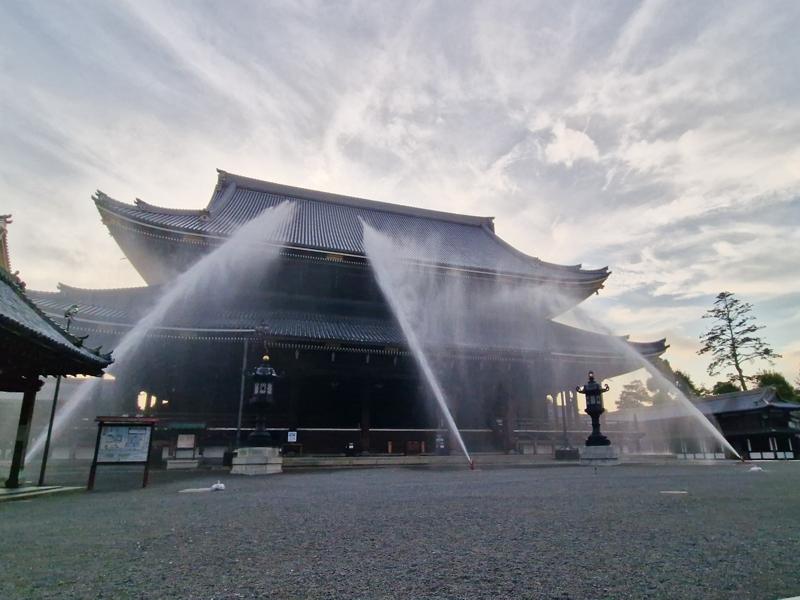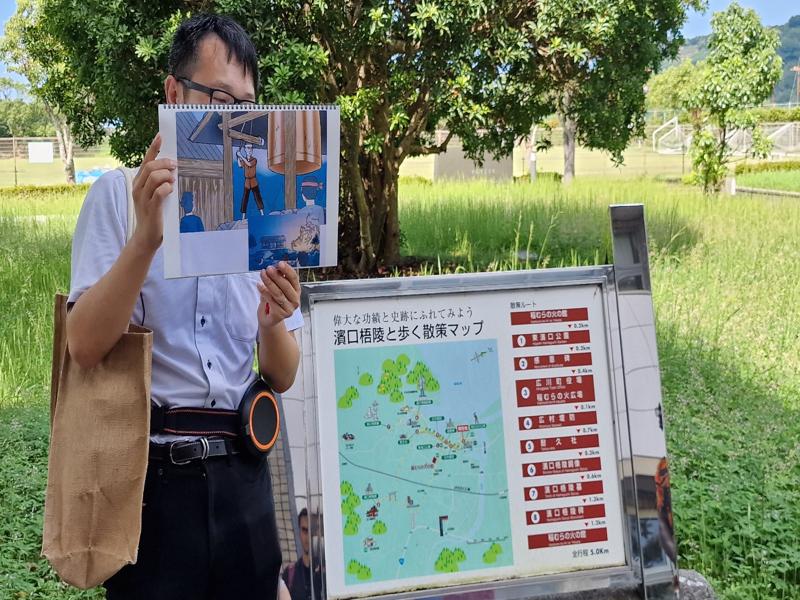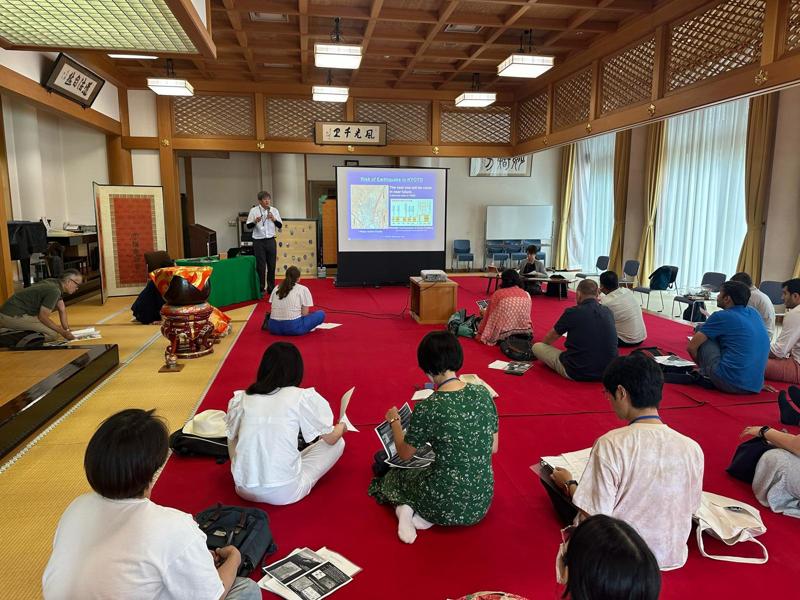The International Training Course on Disaster Risk Management of Cultural Heritage has its roots in the recommendations made at the Special Thematic Session on Risk Management for Cultural Heritage held during the UN World Conference on Disaster Reduction (UN-WCDR) in January 2005 in Kobe, Hyogo, Japan. This session emphasized the necessity for the academic community to foster scientific research, education, and training programs that integrate cultural heritage—both tangible and intangible—into disaster risk management. Recognizing the critical importance of enhancing knowledge, innovation, and education to build a culture of disaster prevention at World Heritage properties, the World Heritage Committee reiterated these priorities at its 30th session in Vilnius, Lithuania, in July 2006.
The INTERNATIONAL TRAINING COURSE (ITC) on DISASTER RISK MANAGEMENT of CULTURAL HERITAGE (ITC) is the principal educational project of the Chair Program. ITC has been conducted annually under this UNESCO Chair since 2006. The target groups for this course include government institutions, departments, universities, NGOs and private consultants from cultural heritage, as well as relevant disaster management fields. The three-week course is based on lectures by experts, field visits, exercises, and discussions. Ten to fifteen professionals from various countries are trained in each annual course, which is held in Kyoto along with other historic sites in Japan. Until 2022, 180 professionals from 72 countries have been trained through this annual course.


